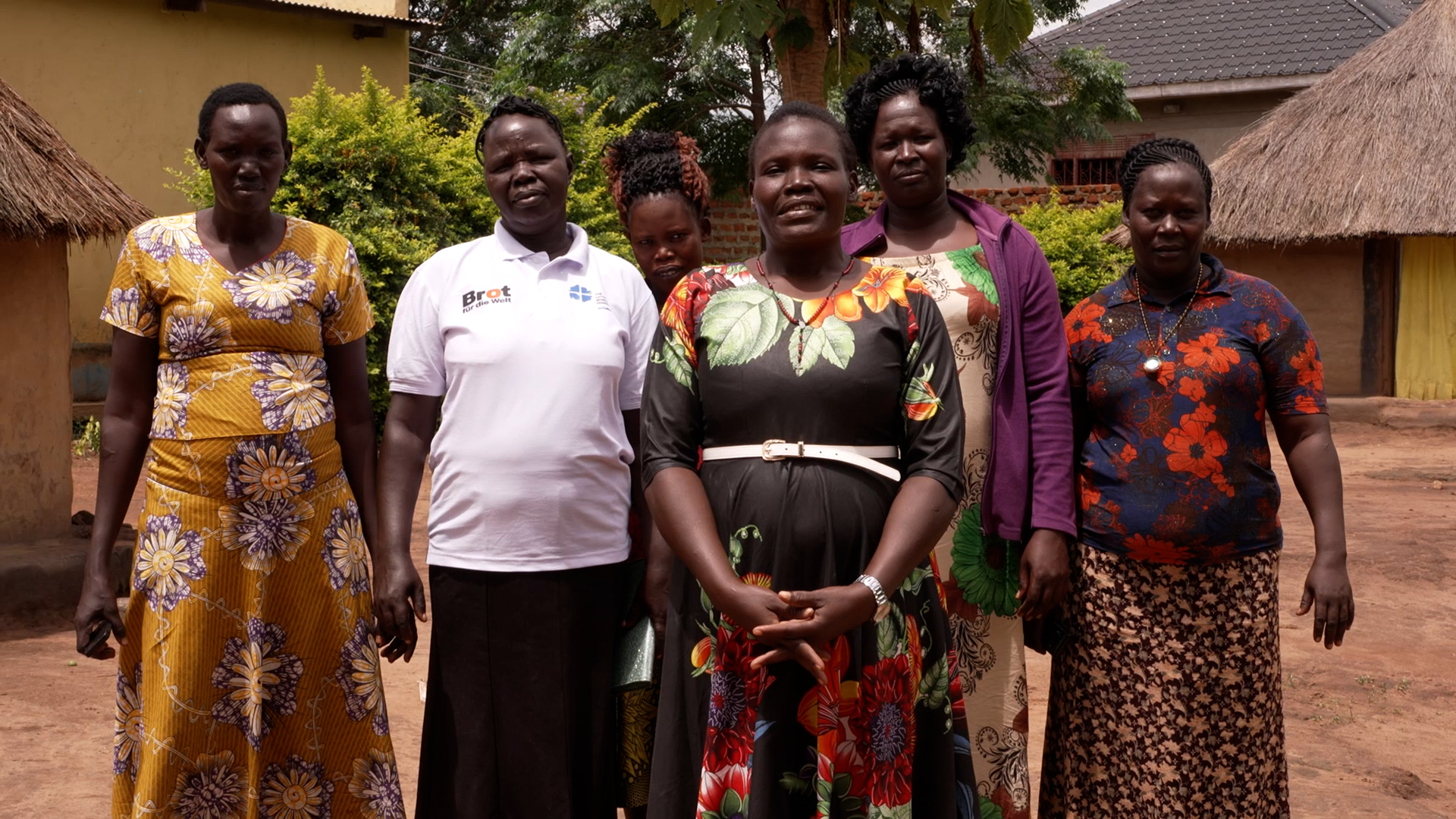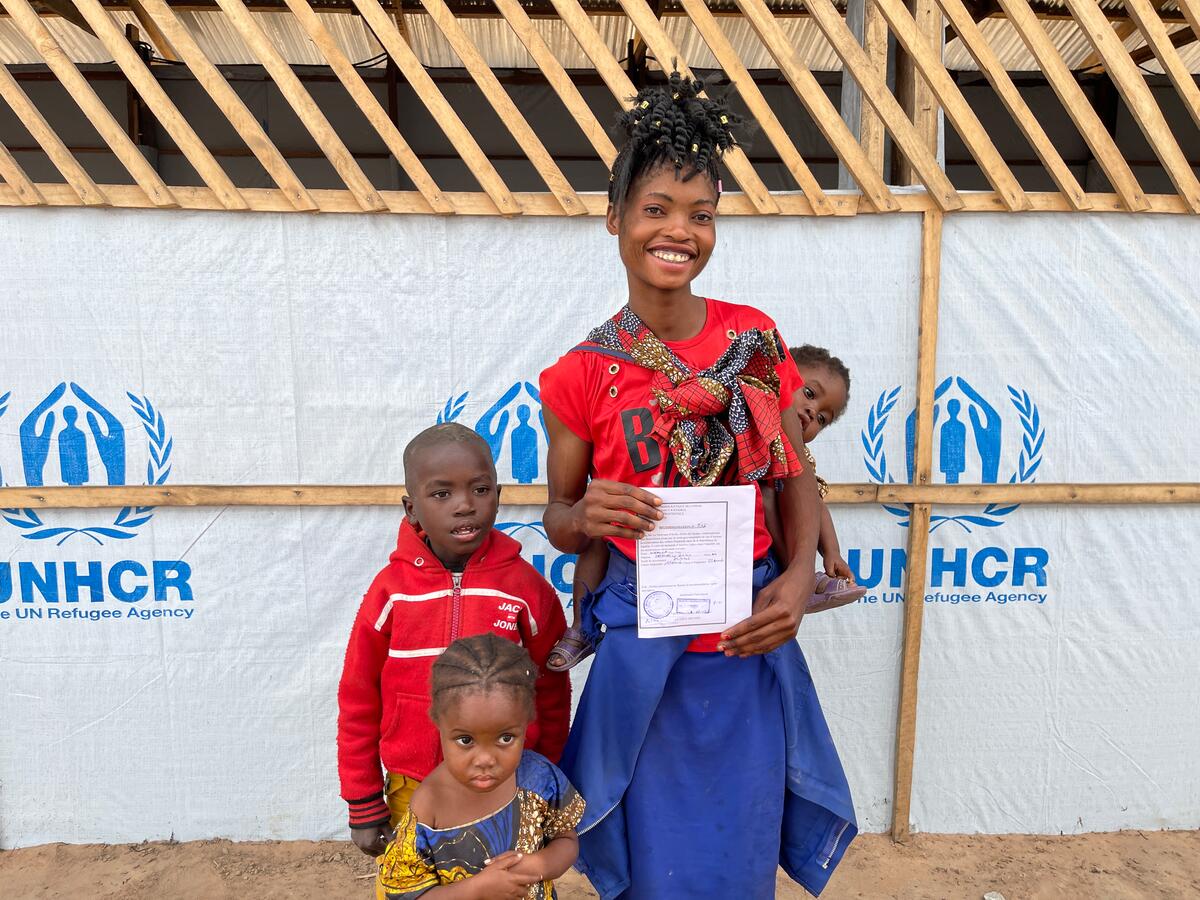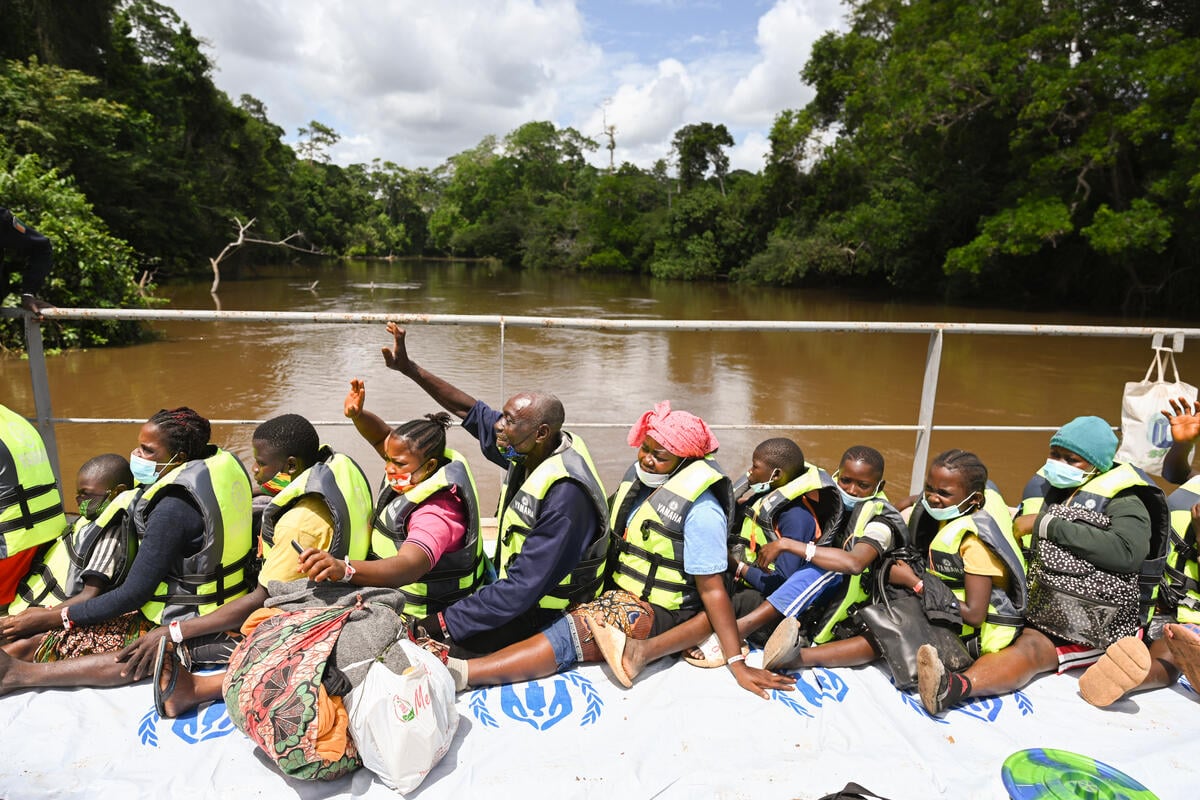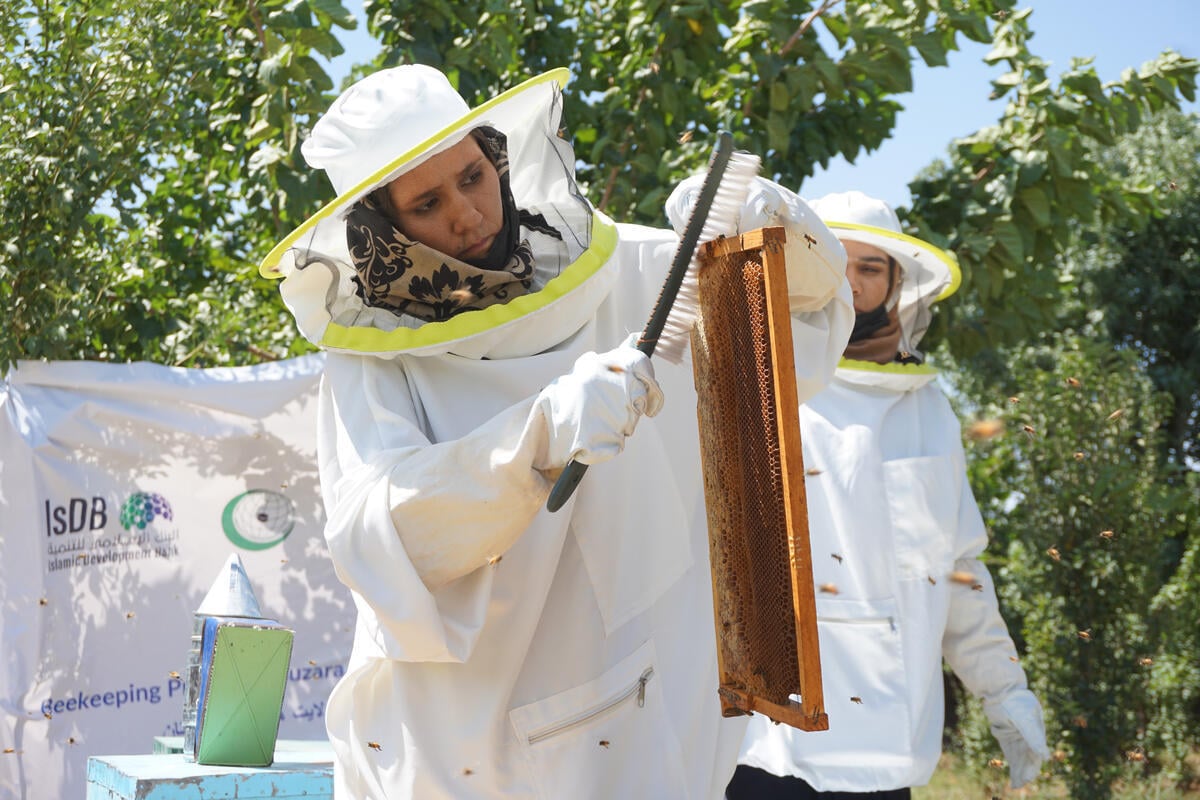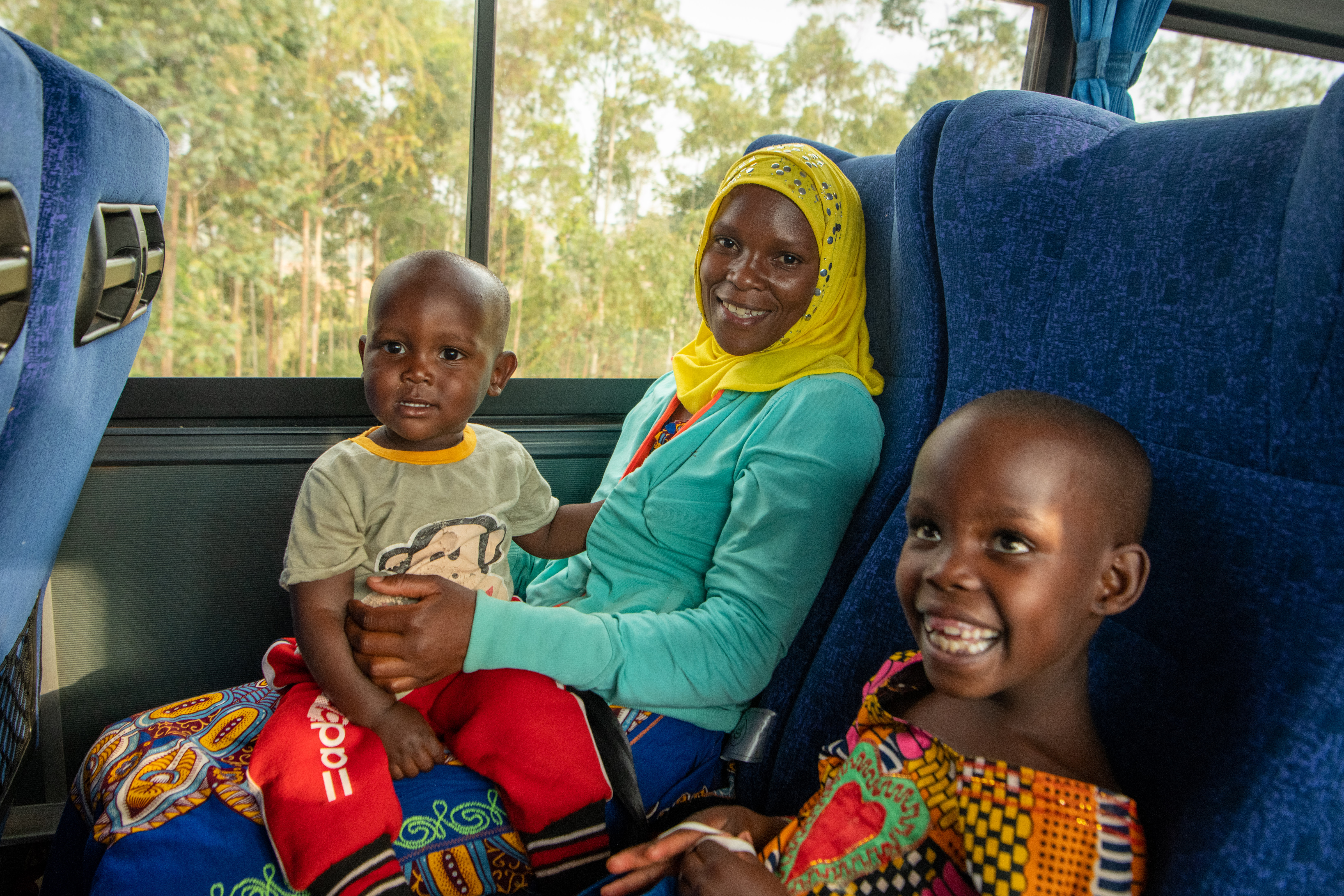After decades in Thailand, Myanmar refugees head home
After decades in Thailand, Myanmar refugees head home
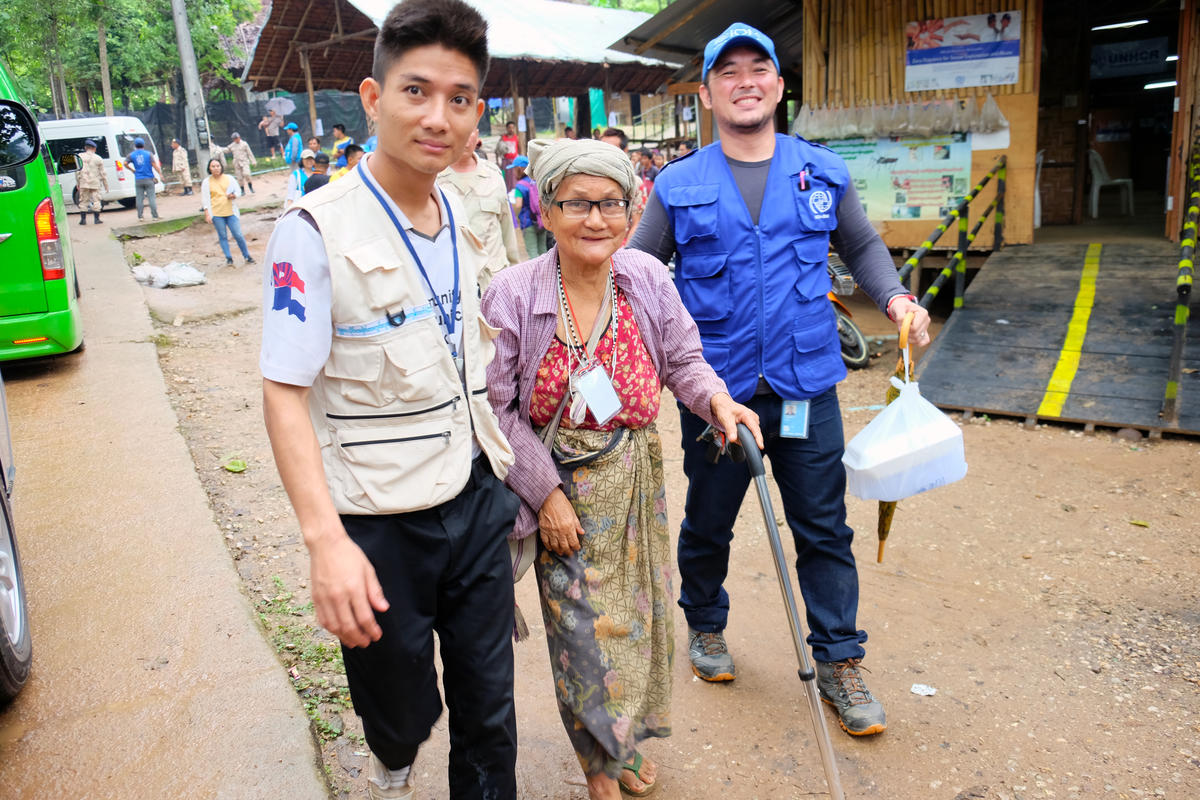
Great-grandparents Pree and Dee Noe are looking forward to returning to their homeland after three decades in north-western Thailand.
“When we left Myanmar, the situation was not good,” says 82-year-old Pree, a Karen refugee. “There was lots of fighting. We were living in the jungle and needed to move frequently from place to place.”
The couple fled to Thailand to escape conflict between armed ethnic groups and the Myanmar military. They are among some 96,000 Myanmar refugees – most of Karen, Karenni and Burmese ethnicity – now living in nine temporary shelters along the Myanmar border.
Pree, Dee Noe and their family have joined more than 300 refugees who are opting to return to Myanmar during July. The family plans initially to settle with Pree’s sister and relatives in mountainous Kayin State, in the country’s south-east.
“Refugees have been living in camp situations for decades."
Between 2016, when a programme for facilitating voluntary repatriation was agreed by the Thai and Myanmar governments, and this February, more than 700 refugees have returned to Myanmar. The facilitated return movements are led by the two neighbouring governments with the support of UNHCR, the UN Refugee Agency, sister UN agencies and their partners.
The refugees have been living in informal villages that emerged in the mid-1980s as refugees fled into Thailand. The communities later became nine larger communities which are managed by the Thai authorities, with UNHCR providing access to legal assistance, including civil registration. The agency also supports child protection programmes as well as activities to prevent and respond to sexual and gender-based violence.

“Many refugees have been living in a camp situation for decades,” explains Atsuko Furukawa, UNHCR Senior Field Coordinator in Tak Province. She stresses that protracted life in camp settings does not allow future generations to “fulfil their potential with dignity.
“Voluntary repatriation is one of the solutions, but it is not the only one. UNHCR is working very closely with the governments of Thailand and Myanmar to identify a range of solutions to help refugees.
“These may include the pursuit of access to formal and legal labour opportunities in Thailand under certain conditions.”
UNHCR is only helping those families to return who approach the agency directly, stating that they want to take part in the facilitated voluntary return process. Before the return takes place, UNHCR and partners carry out assessments in the areas of return to assess available facilities and prevailing conditions. Factual and impartial information is shared with all refugees who have registered to return to help their decision making on whether to return home.
Pree says her family, who are among some 35,000 refugees living in Mae La, have felt safe and well-cared for in Thailand. But, mindful of the passing years and after hearing from her sister that the situation in her home region is improving, she is now looking forward to returning. “It will not be perfect, but people say that the conditions are better than before.”
“I want to go back to Myanmar because I want to spend the rest of my life there,” explains Dee Noe, 96. “I can rely on my family members, who will be able to breed animals to make an income … It is also good for the children to be able to go to their homeland.”
“I want to go back to Myanmar because I want to spend the rest of my life there.”
While Dee Noe, Pree and their daughter Mu Htway, now aged 41, were born in Myanmar, their five grandchildren and great granddaughter were born in Mae La, the largest of the nine temporary shelters.
“I am happy that we have been allowed to live in Thailand for so many years but we cannot do much here as refugees, as our movements are restricted,” she says. “There are no livelihood opportunities for us.”
Mu Htway hopes that, with hard work, there will be greater freedoms and opportunities for her five children in Myanmar. She is also pleased that the family will be eligible to obtain citizenship, allowing them to move freely, work, and have access to services ranging from healthcare to education.
Her son Pa Ta Ba, 22, who was born in Mae La and has a young daughter of his own, agrees that the family will be better off in Myanmar, especially as they will have access to work opportunities.
“I will miss Mae La because I have been here for a long time and I have an attachment to it. I was born here, I grew up here and this is all I know,’ he explains. “But I am happy to follow my grandparents as I believe that things will be better and being a citizen will mean having more freedom.”






